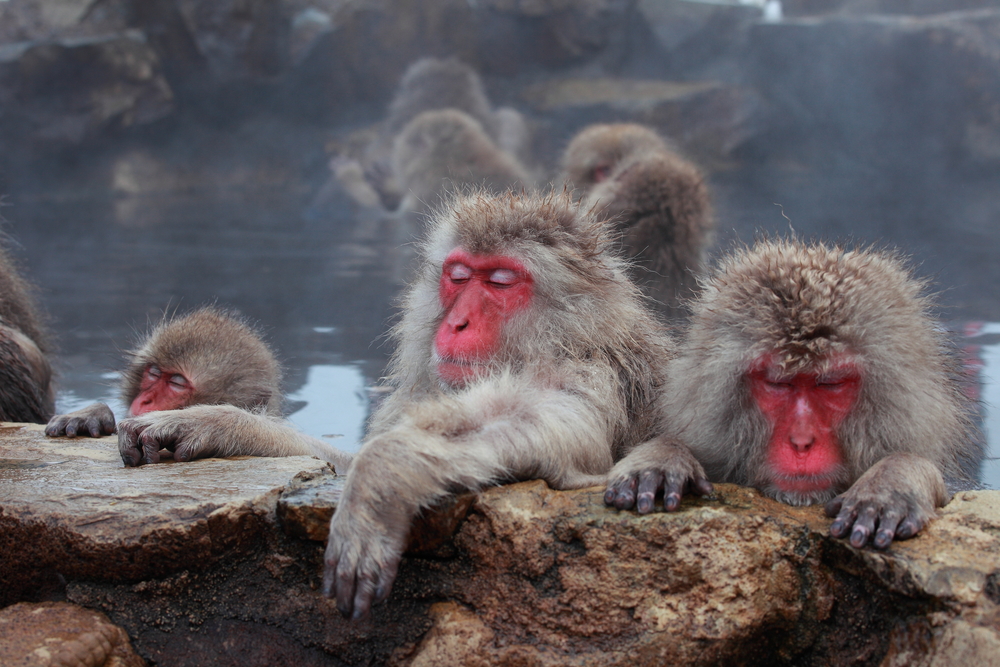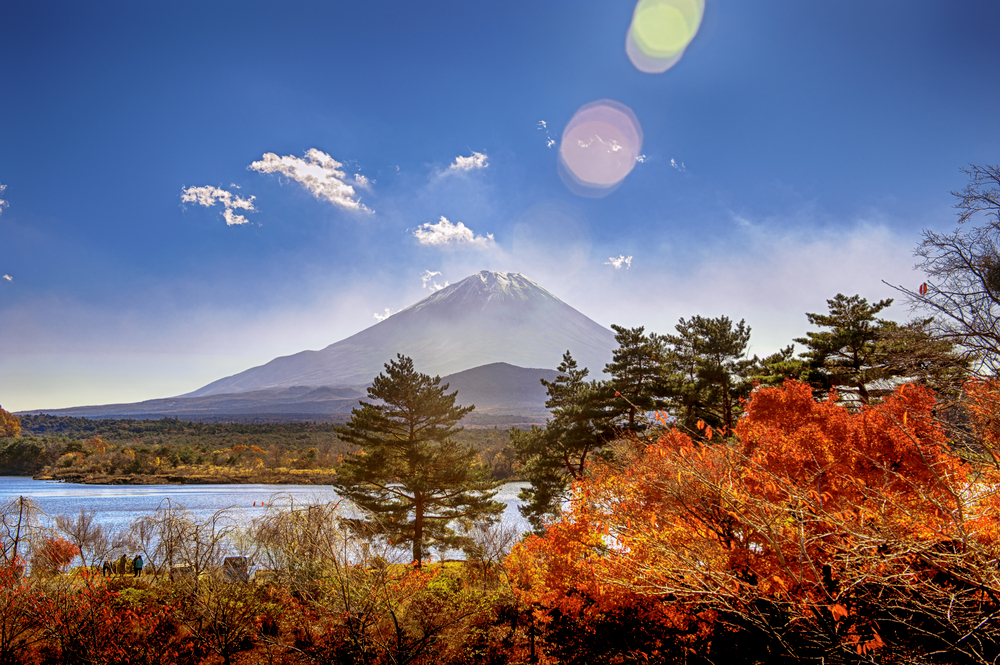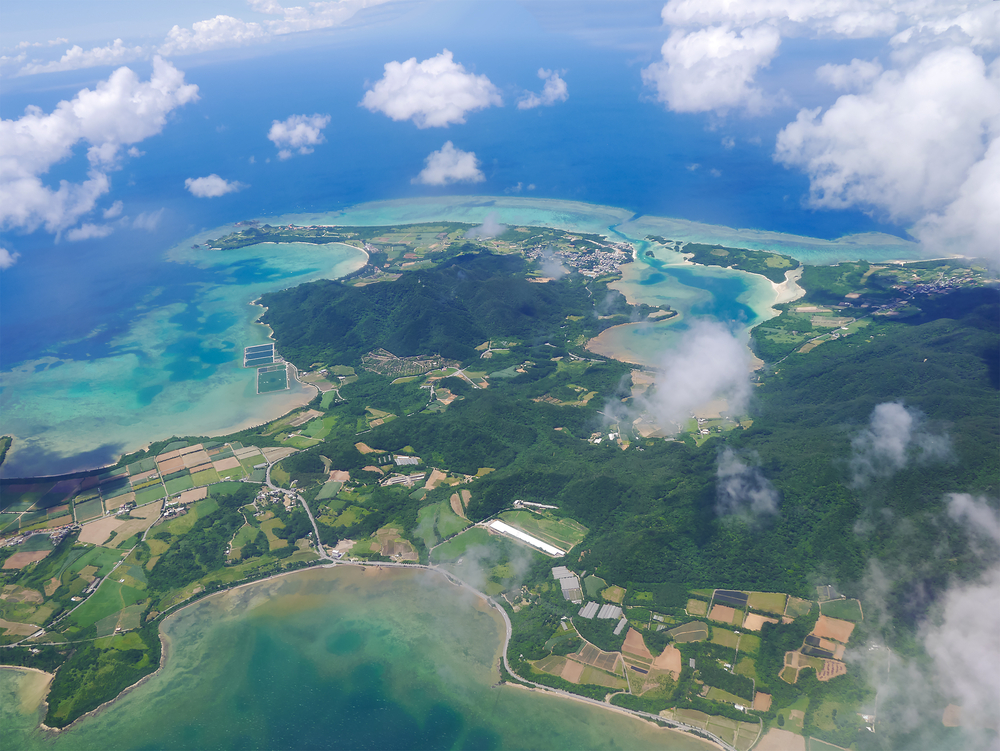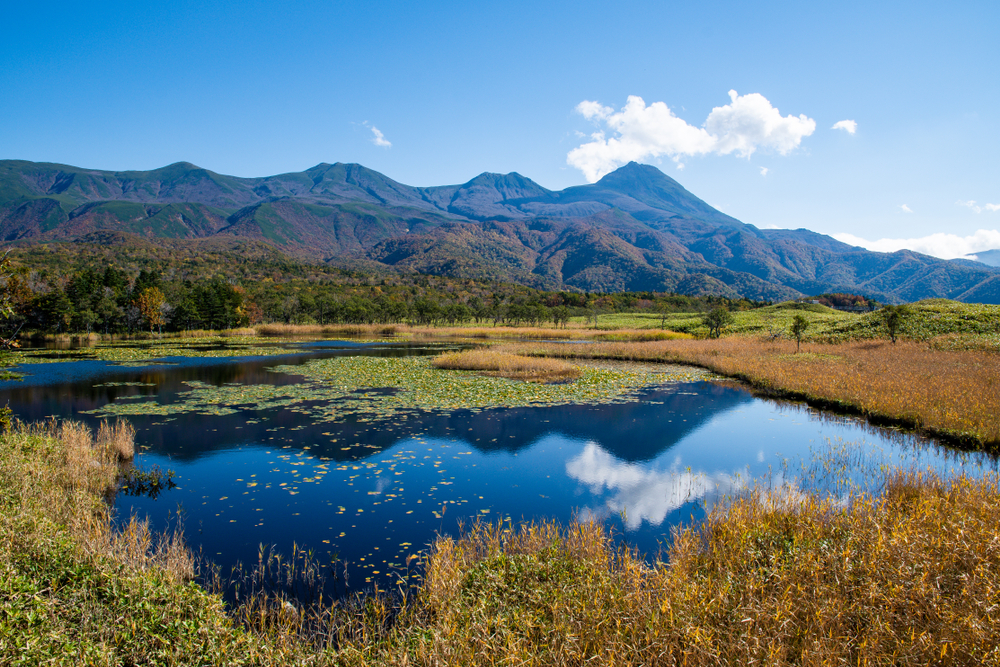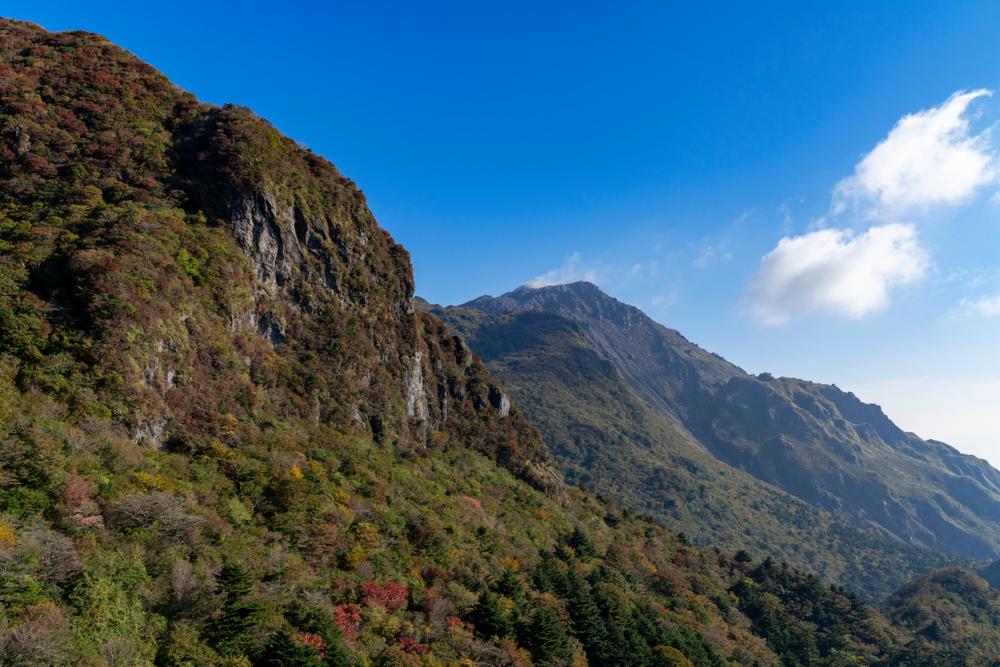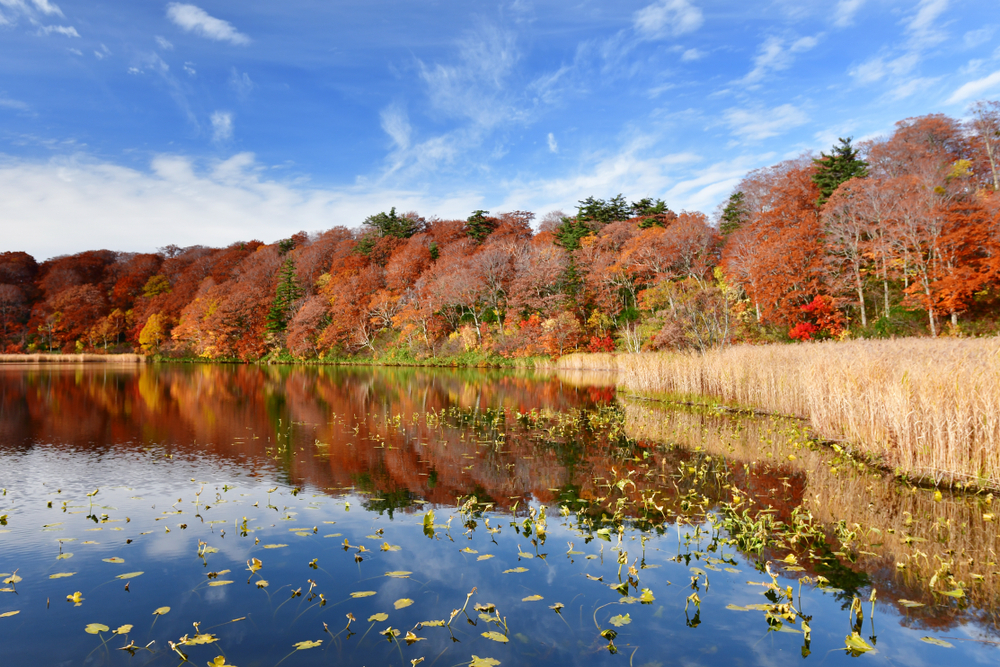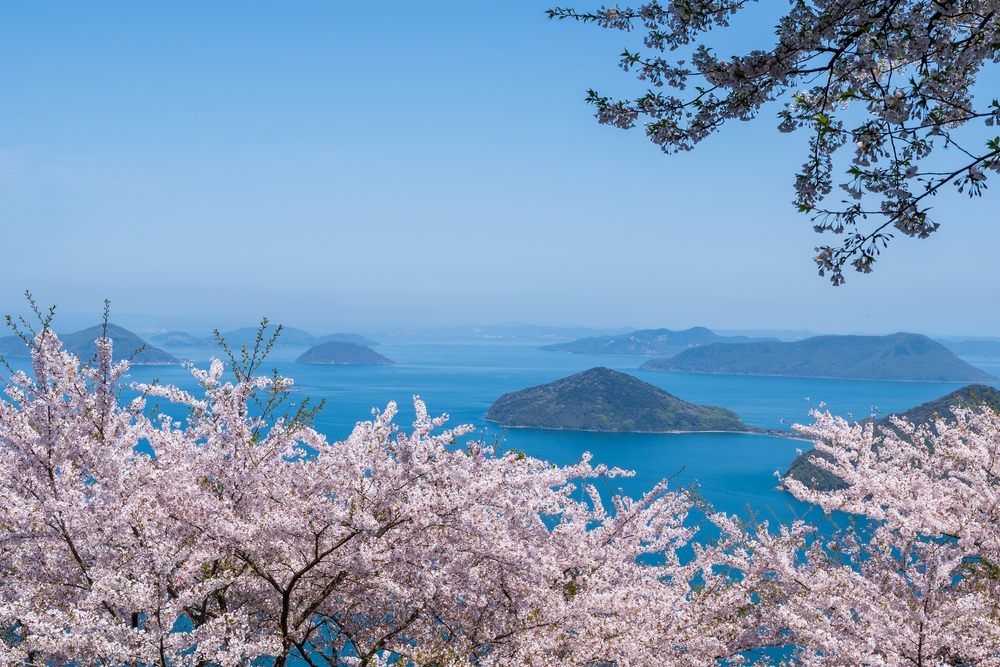Joshin’etsu Kogen Overview
Joshin’etsu Kogen National Park, known as 上信越高原国立公園 (Joshin’etsu Kōgen Kokuritsu Kōen) in Japanese, is a sprawling expanse of natural beauty located in central Honshu, Japan. Covering an area of approximately 726 square miles (1,880 square kilometers), it stretches across parts of Nagano, Gunma, and Niigata prefectures. Renowned for its diverse landscapes, the park is a haven for those seeking a connection with nature, offering a harmonious blend of mountainous terrain, lush forests, and tranquil highland plateaus. Its elevation and climate contribute to its unique character, making it a year-round destination for outdoor enthusiasts and nature lovers.
The park is dominated by dramatic mountain ranges, including Mount Myoko, Mount Shirane, and Mount Kusatsu-Shirane. Volcanic activity has shaped much of the region, evident in the park’s hot springs and fumaroles. Among its most striking features are the Jigokudani Monkey Park, famous for its snow monkeys bathing in hot springs, and the high-altitude Shiga Kogen plateau, which offers sweeping views and pristine alpine lakes. During the winter months, Shiga Kogen transforms into a premier skiing destination, while in summer, it becomes a lush green paradise filled with wildflowers and expansive marshlands.
The vegetation in Joshin’etsu Kogen is equally diverse. At lower elevations, you’ll find dense deciduous forests dominated by Japanese beeches and maples. Higher up, subalpine and alpine flora take over, including dwarf pines and rare flowers like the Asian skunk cabbage. The seasonal changes are spectacular, with the vibrant colors of autumn foliage drawing visitors from across the country and beyond.
Joshin’etsu Kogen is a sanctuary for wildlife. Among the mammals that inhabit the park are the Japanese macaque, Asiatic black bear, and sika deer. Bird enthusiasts will be thrilled by the variety of avian species, including the Japanese robin, mountain hawk-eagle, and black woodpecker. The park’s rich biodiversity is a testament to its well-preserved ecosystems, and spotting wildlife in their natural habitat is a highlight for many visitors.
Popular attractions within the park include the Nozawa Onsen village, famous for its traditional hot springs, and the Togakushi area, known for its ancient shrines and stunning cedar-lined paths. Activities for visitors are as varied as the terrain itself. Hiking trails crisscross the park, offering routes for all skill levels, from leisurely walks through lush valleys to challenging ascents of volcanic peaks. Skiing, snowboarding, and snowshoeing are major draws in the winter, while in warmer months, camping, bird-watching, and stargazing are popular pursuits.
Joshin’etsu Kogen faces conservation challenges, including the impact of tourism and climate change on its delicate ecosystems. However, ongoing efforts by park authorities and local communities aim to promote sustainable tourism and protect its biodiversity. These initiatives have seen significant successes, such as the maintenance of traditional hot spring practices that coexist harmoniously with the natural environment and the preservation of habitats critical to the park’s iconic species.








































































